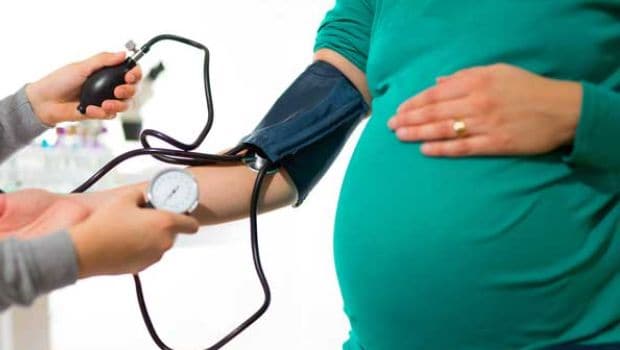Preeclampsia is a high-blood pressure disorder which is unique to pregnancy and develops about 3 to 8% of all pregnant women. According to latest study, it ties alongside it a potential risk of stroke.
According to the study, one in 10 pregnant women may be six times more at a risk of having a stroke during or after childbirth, as compared to normal women.
Women suffering from Preeclampsia commonly complain about high blood pressure, swollen feet, ankles and face and severe headaches. If the current findings published in the journal Stroke are to be believed, Preeclampsia patients have another cause of worry added to their health concern list.
The lead author Eliza C Miller, postdoctoral student at Columbia University in the US said that conditions like chronic hypertension, bleeding or clotting disorders, or urinary tract infections may be at an increased risk of stroke.

Explaining the mechanism behind it the study says, that infections causes inflammation, which can contribute significantly in triggering a stroke, especially amongst the young people.
The study explained that Preeclampsia is an inflammatory disorder, and it could be the infections that could put the woman on the radar of risk.
Researchers analysed health records of 197 women who had a preeclampsia-related stroke and 591 women with preeclampsia who did not have a stroke, as part of their study. They found that the occurrence of attacks and stroke in women suffering from preeclampsia was over 200 per 100,000 deliveries, and more than one in 10 women in the study who had a preeclampsia-related stroke died in the hospital.
Alongside that data, Miller mentioned that it was crucial to take into account that the risk of stroke in women with preeclampsia doesn't end with delivery. And that nearly two-thirds of preeclampsia-related strokes trigger after birth, when the mothers are discharged from the wards.
She also advised, women with preeclampsia to not take any neurological symptoms, such as severe headache, very seriously, especially during the postpartum period.







